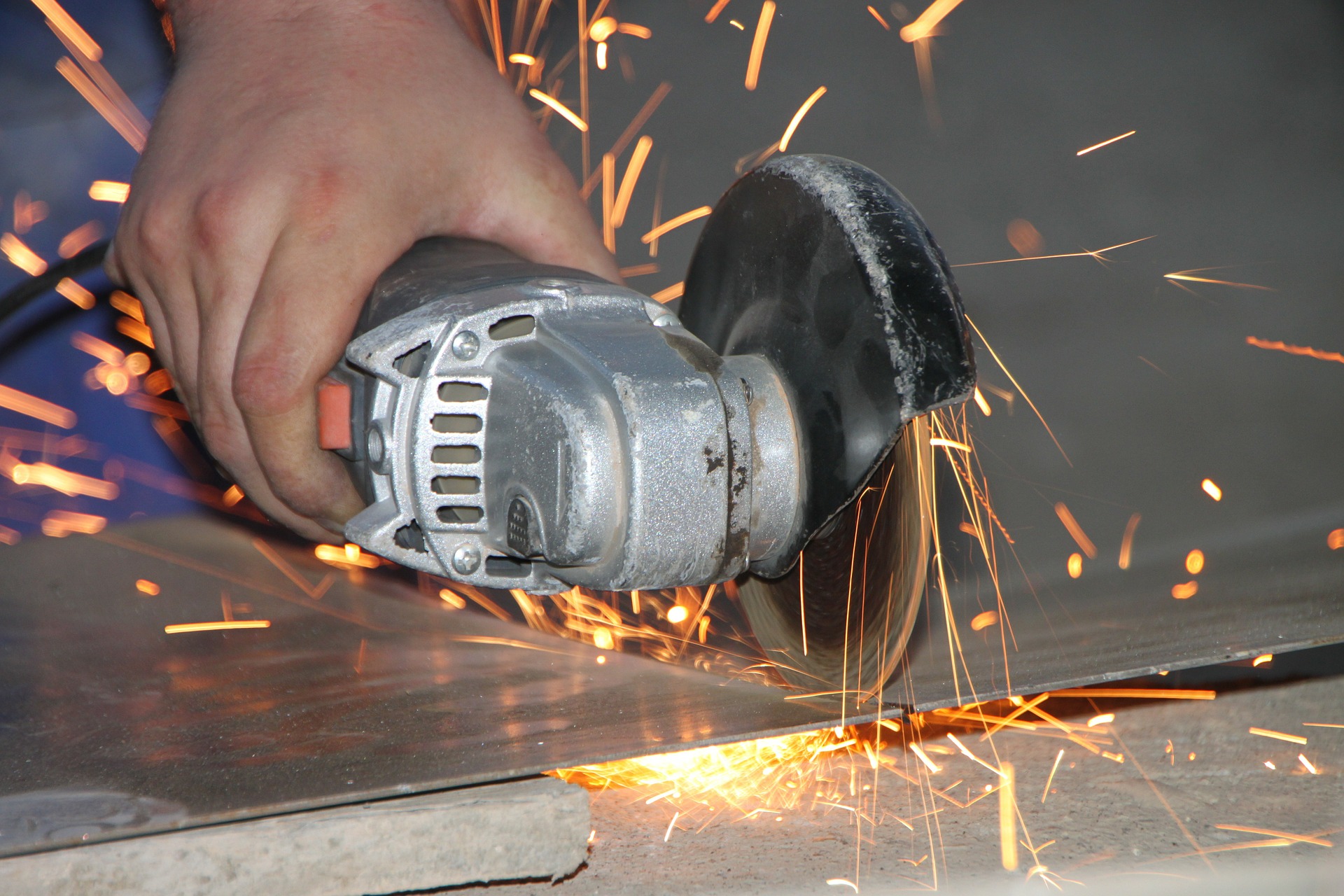Steel as a sword cuts ‘many’, if not ‘any’ thing. So it means that, Steel is a hardest and toughest material, and only then it can cut anything else. Hence, the device or procedure to cut a hard material should ‘cut the mustard’.
Several procedures are already in use, depending on the requirement and type of steel to be cut. Cutting steel in bulk is one of the necessities in a Steel foundry; where as steel profiling is a peculiar task which certainly demands precise and ultra accurate cut by whatever means. The industry has devised several solutions for this need and here is a short analysis of each of those:
- Using Flame
- Using Laser
- Using Waterjet
- Using specially developed Blades

‘A diamond cuts a diamond’! Blades made of steel cut things generally. Similarly a blade made of steel can cut steel also but it is not the best to use for this purpose owing to the blade material’s elastic properties. The next principal method used in metal cutting is Flame cutting. Flame cutting consumes various mixtures of flammable gases to generate high intensity flame that melts the metal at a focused location and there by tearing it. But, several innovative design applications cannot be carried out via this very basic process. Only development we can expect in these lines is combination of several fuels to make a more intense, less polluting and more pointed flame. But this cannot directly solve more sophisticated desires of a human need. Need is endless and so is development. Hence fortunately industry could see a better technology whenever a new need arises.
In steel cutting, unfamiliar tasks have to be performed and hence a new technology has to come into existence. Use of Lasers was on rise at a point of time and this immediately was applied to steel industry also. Laser cutting was introduced that made several complex cutting tasks easier but simultaneously costlier too. Steel cutting with Laser is at the forefront of metal profiling. It proved an accurately to cut component parts with a less than a 0.130mm tolerance. Positioning, cutting path, intensity and other critical aspects were clearly controllable by an operator with assistance from a computer.
Using Waterjet is an awaited concept, yet it is projected to be the fastest growing profiling methods around the world. Waterjet process uses a constant water supply and high pressurizing equipment, a pump sort of device that jest water out of sharply pointed nozzle that is targeted over the cutting line. It is environmentally safe, economical, heat free, multipurpose and very easy to install and operate. An article in How Stuff Works says, ‘Power washing at car washes is an everyday example of a dirt film being “cut” off the body, wheels and tires of an automobile’, cutting steel with water is this simple, really. Water in Waterjet can be combined with some abrasives to make it more functional on many other materials and tasks, example SUPER-WATER®.
Waterjets offer more than just cutting. Shall continue on it next time…
